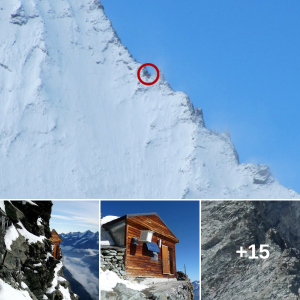There will be something special to see in the sky Monday night for astronomers, both professional and amateur.
Jupiter will be closer to Earth than usual on September 26.
According to NASA, this will be the nearest the largest planet in the solar system has been to Earth in nearly six decades. Scientists say Jupiter will appear bigger and brighter because it will “only” be 367 million miles away.

That’s almost half the distance the planet is from the Earth at its farthest. Experts say the best place to get a view of Jupiter on Monday will be a highly elevated spot in a dark and dry area.
The solar system’s largest planet will be unusually close to the Earth on Monday, astronomers said. It marks the first time Jupiter has been this close to Earth in 59 years, according to NASA.
The gas giant will reach opposition that night when it will rise in the east as the sun sets in the west, placing the planet and the sun on opposite sides of the Earth. The dynamic, NASA scientists say, makes for a rare and extraordinary viewing of the giant planet.
Jupiter’s opposition occurs every 13 months, making the planet appear larger and brighter than any other time of the year, according to NASA.
At its closest approach, scientists say, Jupiter will be approximately 367 million miles in distance from Earth, about the same distance it was in 1963.
The massive planet is approximately 600 million miles away from Earth at its farthest point.
Binoculars and banding
“With good binoculars, the banding (at least the central band) and three or four of the Galilean satellites (moons) should be visible,” Adam Kobelski, a research astrophysicist at NASA’s Marshall Space Flight Center in Huntsville, Alabama, said. “It’s important to remember that Galileo observed these moons with 17th-century optics. One of the key needs will be a stable mount for whatever system you use.”

Kobelski recommends a larger telescope to see Jupiter’s Great Red Spot and bands in more detail; a 4-inch or larger telescope and some filters in the green to blue range would enhance the visibility of these features.
An ideal viewing location will be at a high elevation in a dark and dry area, Kobelski said.





